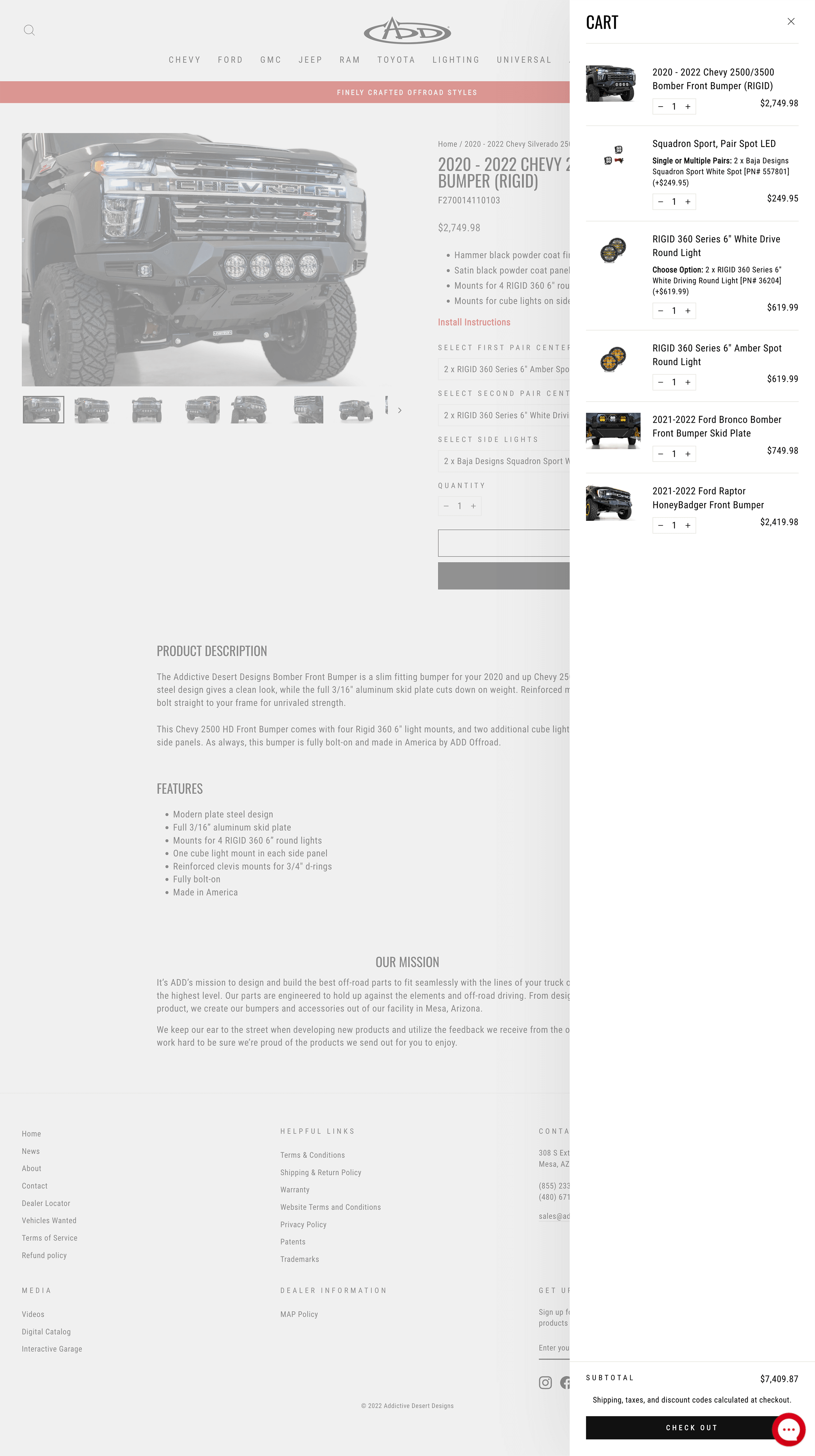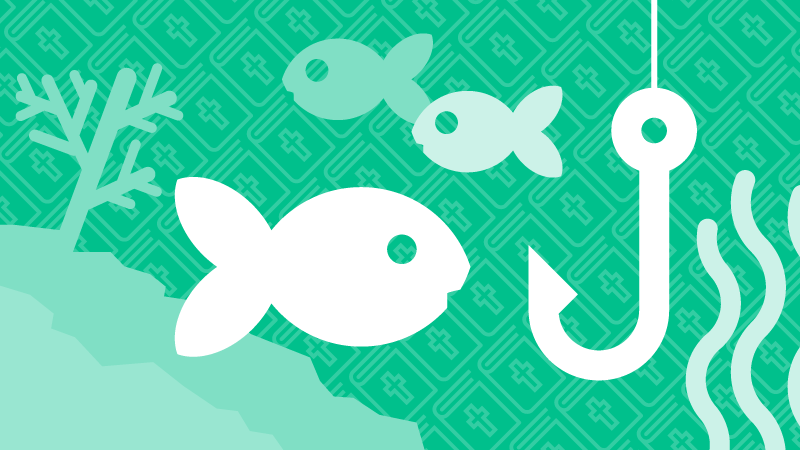How can designers help break the cycle of designing for addiction? by Fabricio Teixeira UX Collective
Table Of Content
- Technology
- Conservatives Bombarded With Facebook Misinformation Far More Than Liberals In 2020 Election, Study Suggests
- What are some examples of products that use humane design principles?
- It’s not you. Phones are designed to be addicting.
- Opinion: Social media can be toxic for women. Here’s how to change that

The idea of video game practices and elements being involved in UI/UX design is pretty much the best crossover I could expect. For those of you looking to understand what gamification is, that’s your answer! It is the incorporation of many standard video game elements and experiences (observed commonly in all sorts of video games) into the design of an app or web-based product. Gamification works on the principle of incentives, whereby users are presented obstacles & challenges, and completing them gives them a sense of achievement & a dopamine release too. Unfortunately, a problem with manipulative algorithms and addictive design is that they can incentivize lots of outrageous, erroneous content. After all, what manipulates users on social media and keeps them addicted to ‘liking’ and scrolling’ is often what’s outrageous.

Technology
Interaction effects between FA, SUD, and ED have not yet been adequately described. There is no one answer to this question as the definition of humane design can vary depending on whom you ask. Humane design generally strives to make people’s lives easier and more enjoyable, whether that means designing a user-friendly interface for a new website or developing a more comfortable chair for an office. When done well, it can greatly improve people’s everyday experiences and make the world around us a better place.
Conservatives Bombarded With Facebook Misinformation Far More Than Liberals In 2020 Election, Study Suggests
By this way, we heard the term addictive design; the methods of building digital platforms that broadcast content aimed at maximizing the amount of time spent by the user on the digital platform. For instance autoplay the next episode feature on Netflix, recommendation mechanisms on Youtube, infinite scroll on Instagram, notifications on any platform. Virtually all investigators have asked the question of what has changed in this relatively short period of time? Some contend that this alone explains the epidemic, arguing that energy expenditure, rather than food consumption, has significantly decreased in modern society compared to our hunter-gatherer ancestors (7).
What are some examples of products that use humane design principles?
There are a number of factors to consider when designing something with humane principles in mind. For example, you need to think about how the product will be used by people and animals, what materials it will be made from, and whether there are any potential hazards involved. You also need to consider the welfare of the people and animals who will be using the product or participating in the experience. Another way is to create products that are easy to use and comfortable for both people and animals. You can also create products that have multiple functions so that they can be used by both people and animals. The most important thing when designing anything with humane principles in mind is to think about the needs of both people and animals involved.
Opinion: Is planting trees on Arbor Day one way we can all fight climate change? Not so much

It would also require companies to assess the impact that their products have on children and prohibit features such as “dark patterns,” pop-ups and other elements of the product interface that encourage children to provide personal information. Recently John Herrman wrote an insightful article for the New York Times Magazine entitled, “How Tiny Red Dots Took Over Your Life” where he talks about the addictive nature of technology. He makes the point that the “reformists”—people like Tristan Harris of the Center for Humane Technology—are trying to help the situation by appealing to tech companies to change their business model, but he sees no consensus or plan for those reforms. Herrman then focuses on the little red dots—known as badges—that appear at the upper corner of app icons alerting you, enticing you, telling you that you need to open the app to find out what is going on.
The Hook Model of Behavioral Design: A Simple Summary
User experience design, on the other hand, is focused on how users feel when using a product. This includes making sure that the interface is easy to use and navigate and ensuring that users have a positive overall experience. This is often done by providing feedback when users take actions on the platform, such as liking or commenting on a post.
Evolution of addictive drugs
Injection of naloxone in sugar-dependent rats generated several of the opiate withdrawal symptoms and anxiety-like response on the plus-maze (200, 201). Similarly, sugar deprivation (analogous to spontaneous drug withdrawal) produced signs of opiate withdrawal including anxiety-like behaviors (200, 202). Only recently have withdrawal symptoms been elucidated in humans meeting criteria for FA by way of predictive reference resetting (allostasis) controlled by the rostral anterior cingulate cortex and the dorsal lateral prefrontal cortex (203).
It’s not you. Phones are designed to be addicting.
If you use digital products on a daily basis, you have likely experienced the proliferation of design patterns that try to manipulate you to engage further, deeper, or longer. LogRocket lets you replay users' product experiences to visualize struggle, see issues affecting adoption, and combine qualitative and quantitative data so you can create amazing digital experiences. To make something more fun, you could introduce a competitive social aspect, but not if people can pay to get ahead. In gaming, we sarcastically call these games “pay to win” games, but we’re also seeing this ugly practice in everyday apps and websites now. Gamification means to make something look or feel like a game in order to boost engagement, but it’s difficult to define what gamification is exactly because many actual games today are also addictive and exploitative.
Opinion: Social media can be toxic for women. Here’s how to change that
Although the EU has given TikTok until April 24 to argue against the measure — meaning the app remains accessible for now. As with any behavior change tool, people considering influencing the behaviors of others should read up on ethics. They then need to decide if the behaviors they are seeking to drive more of will make the world a better place for the individuals in question and humanity as a whole. In some areas, for example self management of diabetes, the answer is resoundingly yes.
TikTok pulls feature from Lite app in EU over addiction concerns - TechCrunch
TikTok pulls feature from Lite app in EU over addiction concerns.
Posted: Thu, 25 Apr 2024 18:00:00 GMT [source]
They achieve this goal through affecting emotions and the internal rewards mechanisms that drive individuals’ behaviors. Have you ever felt exhausted at the end of the day, but it looks like you did absolutely nothing at the same time? The reason you feel this way is that you probably received a lot of information throughout the day and your brain is tired of processing all of that data, but — just as food works for our body — not all information is equally rewarding.
EU opens probe of TikTok Lite, citing concerns about addictive design - Yahoo Singapore News
EU opens probe of TikTok Lite, citing concerns about addictive design.
Posted: Mon, 22 Apr 2024 20:32:29 GMT [source]
Out of fear of embarrassment or intervention, they might lie about how much time/money they’re spending on/with digital products, time and money of which they might not have. One of the best ways to motivate users to keep using a product is by establishing a balanced, credible reward system in the functionality. Reward systems look like in-app points, badges, in-app awards, prizes, and much more. The primary reason why reward systems are so effective when it comes to generating long-term user interest is because most users subconsciously view digital interfaces in from an “opportunity-cost” standpoint. This means that they are subconsciously evaluating the value your platform provides them against the time and effort they expend as they use it. Moreover, rewards signal credibility and value, which motivates users to keep using the app.
Conversely, lesion of the cholinergic interneuron in the NAc with a specific toxin (AF64A) produced a significant increase in food intake (142). Moreover, injection of the anorectic drug combination phentermine/fenfluramine increased ACh release in the NAc (143). Recently, researchers found that increasing the activity of the cholinergic interneuron in the NAc reduced palatable food consumption, lending support to the hypothesis that NAc-ACh acts as a stop signal (144).
Comments
Post a Comment